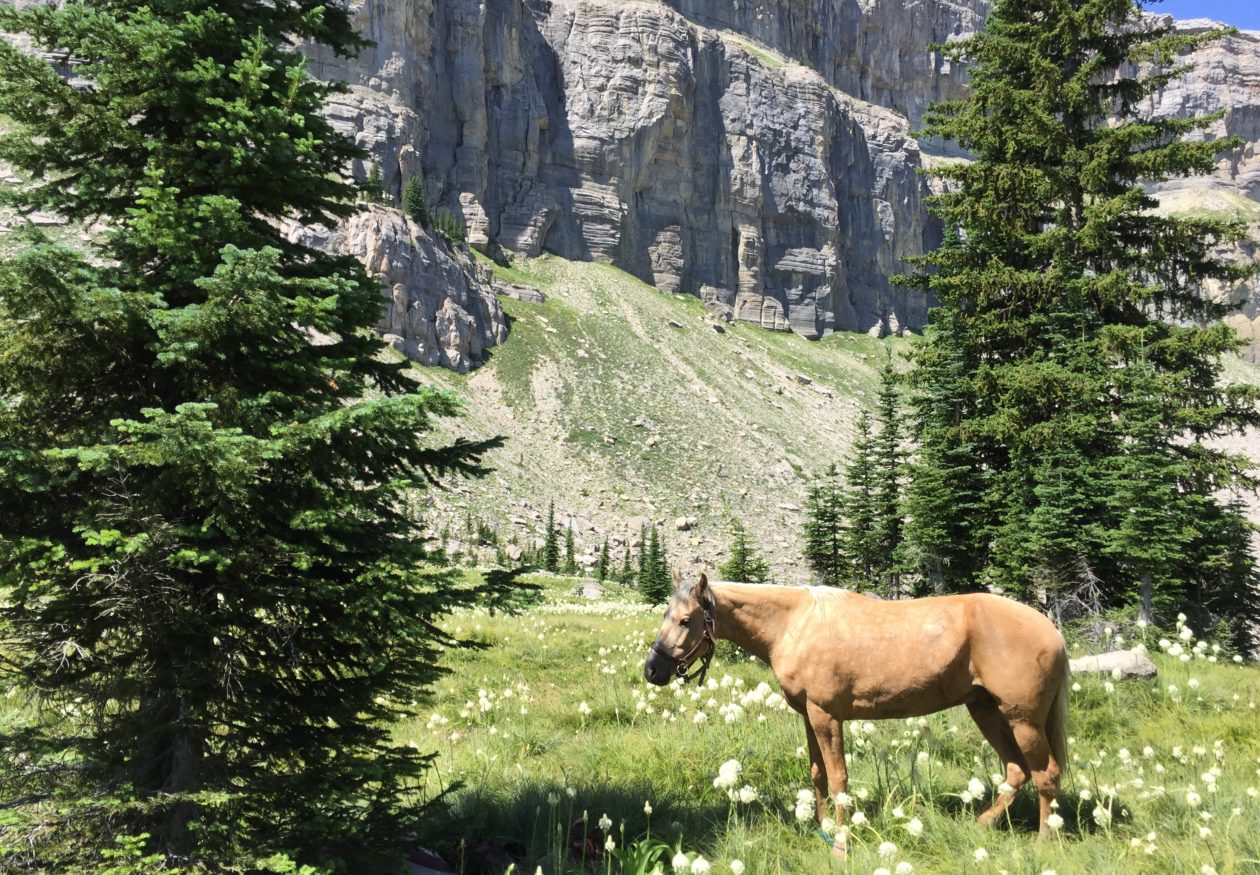I recently posted comments to a thread on a facebook group I belong to, entitled, “The Sacketts: Louis L’Amour.” My comments caused some stir among a couple members, who believe everything Louis L’Amour wrote or said is the absolute truth, despite the fact that he was an author of western fiction. I deleted my comments, because of the stir it created on another member’s thread. That did not preclude me from creating my own thread on the group, however. Once I posted it, the thought occurred to me that it might make an interesting post on my WTR blog.
So, here it is:
I love Louis L’Amour novels. I was introduced to them by my father when I was 12 years old. I have been reading them religiously for 46 years. I say “religiously,” because, over the years, I have recognized that I have been heavily influenced by many of the values and philosophies he incorporated into his stories. Most of them I have read numerous times. His stories, along with my father’s influence, lead me to a deep love of horses, trail riding, and horse packing. I have spent many hours in the saddle imagining myself being part of one of Louis L’Amour’s stories, while looking to see what was on the other side of one hill or another.
In my mid-twenties, having no idea how old Louis L’Amour was, I wrote him a letter, inviting him to come for a horse pack trip with my dad and me into the Blue Primitive Area in Arizona. He wrote back, responding that he had given up riding, due to his age, but he thanked me for the invitation and mentioned some of the people and ranches in the area with whom he had acquaintance. I have that letter in my safe to this day. He died about six months later.
Over the years I have had opportunity to ride my horses through several areas he described in his stories and have lived in a couple more. As I have passed through some of these areas, I have learned that Louis L’Amour took considerable license in his descriptions of terrain and locations in many of his stories. I have posted photos and videos of some of my trips into several of these areas. I have learned from personal experience that Louis L’Amour’s assertion that if he described a spring, “…that spring is there and the water is good to drink,” was not entirely accurate, at least not with regard to many of his stories. It may have been true at one time, or with regard to a particular story, but the publisher took that statement and used it to promote sales of the novels.
I do not say that to denigrate in any way the value of his stories or his story-telling artistry, nor to expose him as a fraud. I love his stories and the values and history he taught in them. However, I fully recognize that Louis L’Amour was a writer of fiction. Fiction writers have full license to “make stuff up” as they write their stories, whether it be plot, characters, historical “facts”, or terrain. Charles Dickens and Mark Twain did precisely the same thing. Quite frankly, as much as I love his stories, Louis L’Amour’s novels do not qualify as “historical fictions” in the same sense as those written by some authors today. His research, documentation, and even presentation do not meet the mark. However, none of those other writers has influenced me personally like Louis L’Amour did. For me the value is not in the history nor in the terrain, but in the values he taught. The rest just adds interest.
I made a couple comments in that direction on a post earlier today and was taken to task by a couple members. One requested that I post evidences to support my assertions, which I did. Another member agreed that everyone is entitled to his opinion, then followed by telling me my opinion was wrong. It was as if I had stolen something from someone, and maybe I did. Imagination, dreams, and fantasy are very powerful and are things to be treasured. To avoid further disturbance on another’s thread, I deleted my comments, which also deleted the responses to them.
Besides, why let a little fact or two muddy up a good story.
Sorry if some of you are offended or disappointed by this post, but this is my thread. You are welcome to disagree and post your own thoughts. I don’t mind.
Below are some photos from a 200-mile pack trip Dad (82 years old) and I took last year across the Mogollon Rim and up to Flagstaff, much of which is the same area presented in The Sackett Brand.

























































You must be logged in to post a comment.